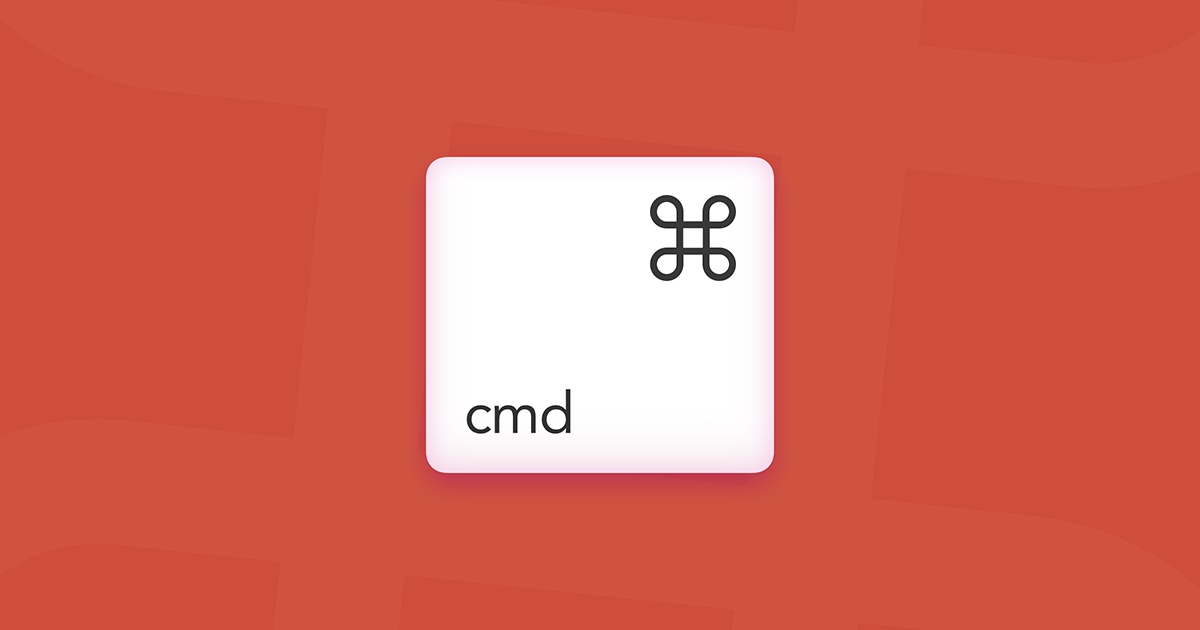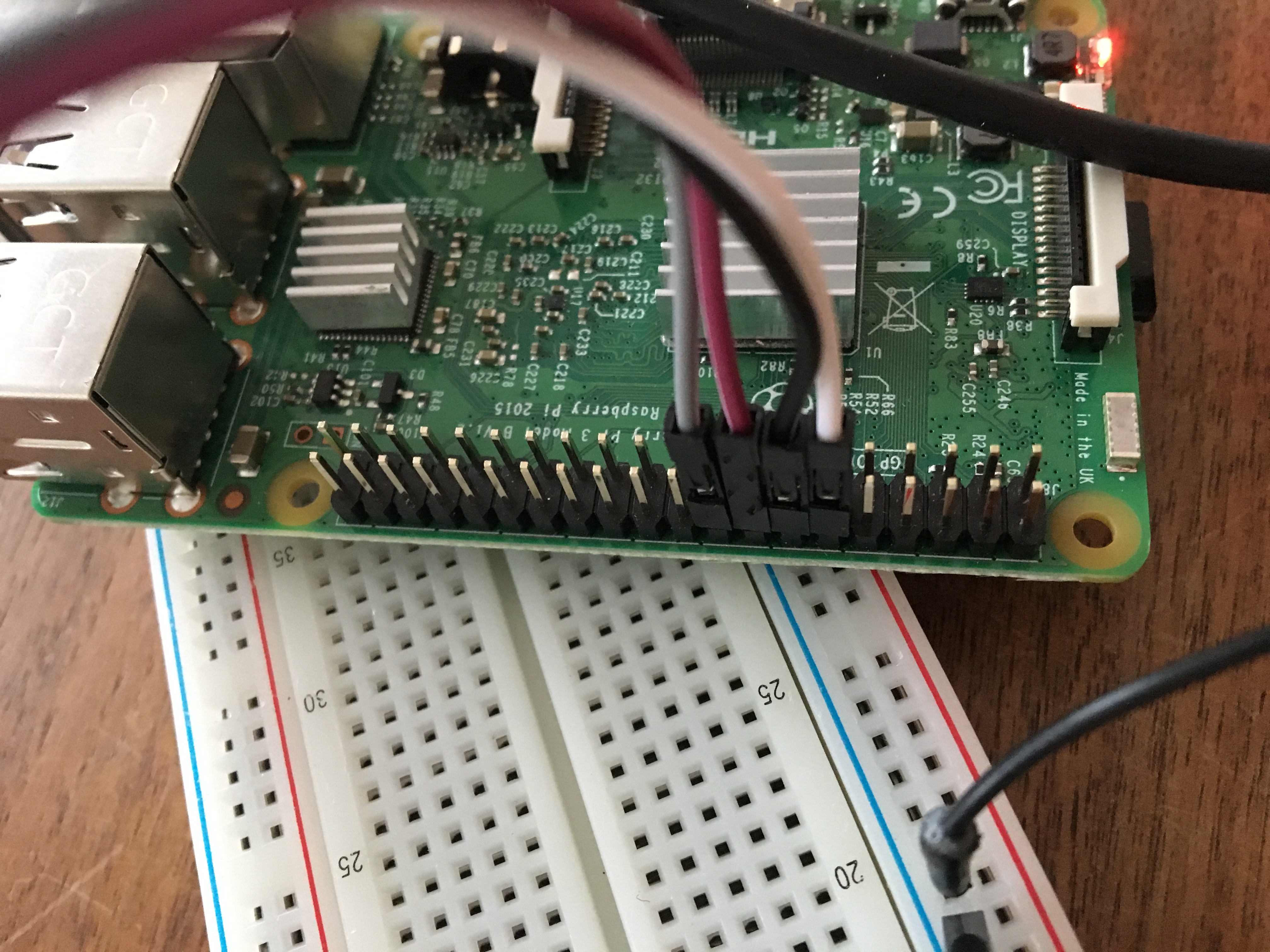On his blog, my valued friend Ali is explaining log levels and how to use them. I think he is right with what he is asking for when it comes to choosing the right level for logging. Please find his post below, the original can be accessed under: https://huestones.co.uk/2019/12/how-to-explain-log-levels-to-your-kids-and-team/ I’ve had to explain log levels […]






